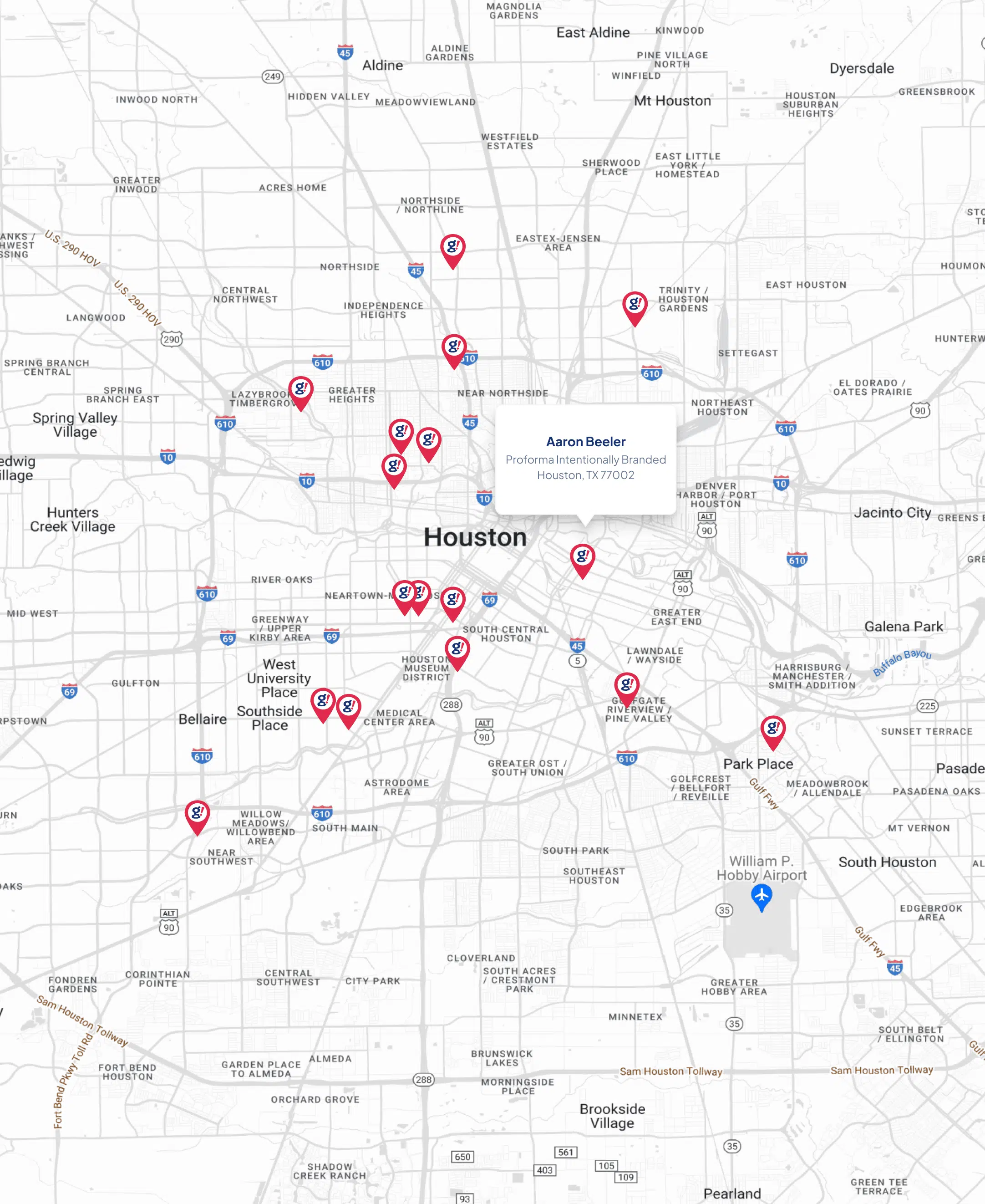The Evolution of Social Media in Marketing
- Updated on: 2020-04-26
- Read original article here

What do cyclists, amateur chefs, retail companies, artists, fortune 500 companies, yogis, stay at home moms, and comic book lovers have in common? You can basically find any if not all on a social media platform. The evolution of social media is at its peak allowing people to connect voicing both personal and professional brands.
“Nowadays, it is hard to imagine a world without social media. Social media has promoted many brands by delivering the most relevant content to targeted users. Not only that, but social media has also allowed brands to build a relationship with their consumers by engaging with them and listening to their feedback.”
Initially, platforms such as MySpace were at the forefront of social media platforms, followed by Facebook that allowed its users to gain full access to their follower’s lives. While it allowed its users to promote certain aspects of their lives, it wasn’t until other social media platforms came into the picture that people began promoting their own companies and advertisements. It’s as if people wanted to know more than just your top followers, a favorite show, or a favorite book. It put the social media game on its head and blew up what we would now know, as the age of social media. While people did share experiences, the platforms weren’t yet being used for personal marketing gains. When platforms such as Twitter and Instagram were initiated it triggered marketing executives to notice the potential marketing opportunities at hand.
This initiation helped marketing leaders identify the gap in the constant integration of products, consumer experiences, and potential customers that could be filed through social media platforms. This created useful marketing tools that are being used in the present day. Giving marketers the ability to have instant feedback when someone would create a post regarding their product or brand, whether it be negative or positive. What was once just a social media platform for simple communication had become one of the biggest cost-effective marketing tools.
“Everyone seems to have a social media presence in today’s technology-driven world. Although it’s beginning stages were meant to connect us with friends and family through the web, its purpose has evolved greatly. Virtually all brands can be spotted on different social platforms. If you want to check out what’s new with your favorite handbag brand all you have to do is look them up on Instagram, Facebook, or even Twitter. Their posts can also give us, the consumer, a better understanding of what they are all about and their purpose. It is no difference when it comes to us and our brand on social platforms. We have to be consistent and authentic to show to the world what we are made of.”
You can now reach anywhere from a million to a billion consumers easily using platforms such as Facebook. Twitter, Instagram, LinkedIn, and YouTube. By building your presence on social platforms you can further your consumer's brand awareness. This takes practice in bringing a consistent social media presence and publishing content relative to your brand. You must also take into account the timing and frequency of each post to assure its effectiveness. Monitoring your success can be done through social media management tools. You can run analytics to measure the success of a post through the engagement, mentions, conversions, and comments made. The content released on social platforms can be targeted specifically to your audience the analytics of your data will provide segmentation of your database. Your database can then provide demographic information that can be useful to better understand who truly represents your consumer.
“When social media first came on the scene, brand marketers looked at it as a means to tell the brand story, creating snackable engagement opportunities with fans of their brands. Social channels offered a free way for brands to speak directly with their customers in the brand's voice. Over time brands looking for ways to monetize their social channels and tapped into the social channels ability to segment databases and target the exact customer the brand was seeking, feeding top-funnel messaging to drive online sales and conversions. Looking to the future social media will continue to be a cost-efficient way to showcase the latest in technology (AI and AR) to share the brands marketing messages and increase social engagements leading to increased conversions at their respective eCommerce sites.”
The relationship peaks and pits of Social Media Marketing
Social media marketing brings brands the ability to connect with their audience and build their brand. Platforms create website traffic and an increase in sales but with all its opportunities also come to its downfalls. Social media marketing is a double edge sword and while there are many advantages companies can argue one negative post could cause a ripple effect. Marketers beware social media gives consumers free rein to leave negative feedback and discuss customer service issues that can influence potential conversions. However, this can also be positive learning the flaws and gaps in your business give you a consumer perspective and most importantly the chance to change it. The way you implement your social media efforts and engage with your consumers even if it means addressing negative comments can aid in forming a trusting relationship with a consumer and in return loyalty in your customer's journey.
“The ability of the public to discuss brands on social media has proven to be one of the most significant positive changes to branding, as well as one of the most significant negative changes. Social media has moved the control of brand image from the marketer to the collective public, or more likely, to the influencers who sway the public. Marketers, however, can still guide opinions by building positive-minded communities around their brands, which serve to protect the brands from one-off complaints or attacks. The keys to building brand communities via social are to spur constructive discussions that are marginally relevant to the brand, socially reward positive brand word-of-mouth, and set reasonable expectations for dyadic communication between the brand and its audience members.”
With its cost at the bare minimum, any business from its startup point to eventually Fortune 500 could now benefit from mainly anything regarding the consumer even if it was just discussing your brand with their followers. This produced more than any R.O.I a specific TV commercial would be able to generate. It pushed the boundary on the authenticity in the message that is being relayed to its consumers, allowing it to be the brand's voice, direct and most important instant.



